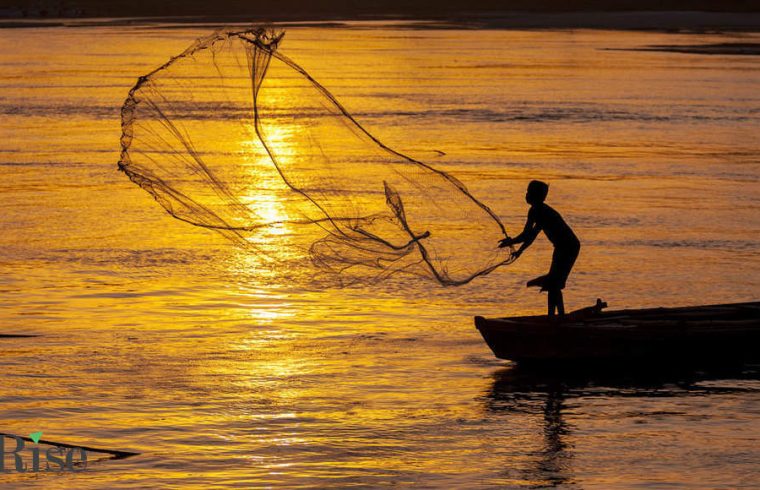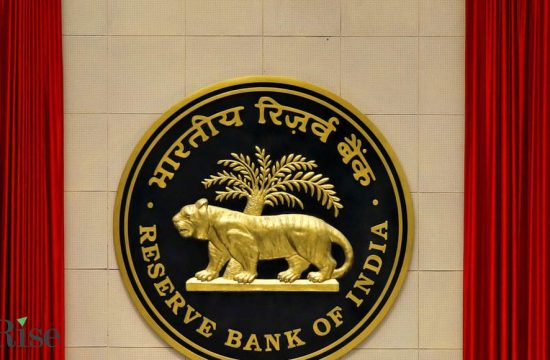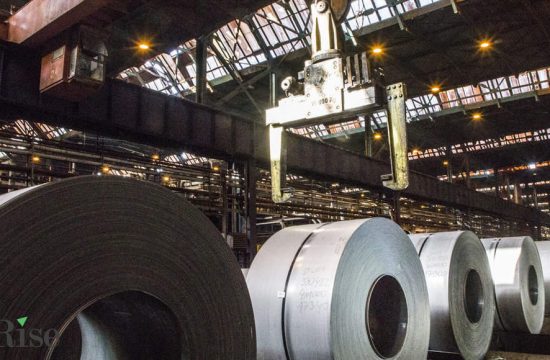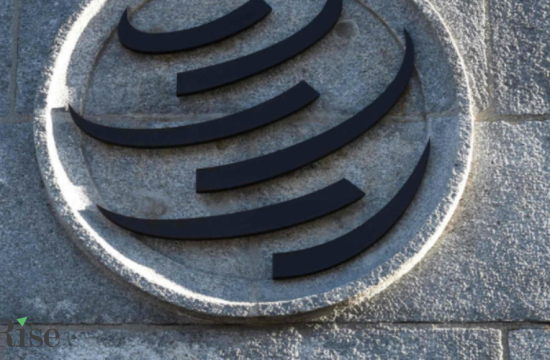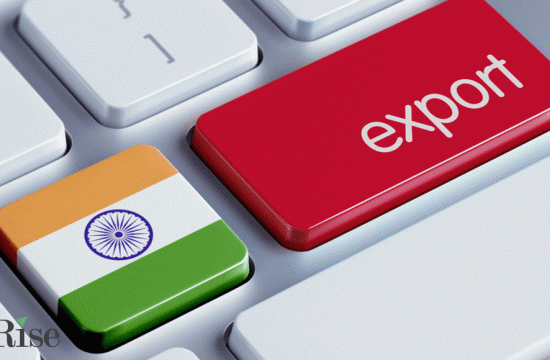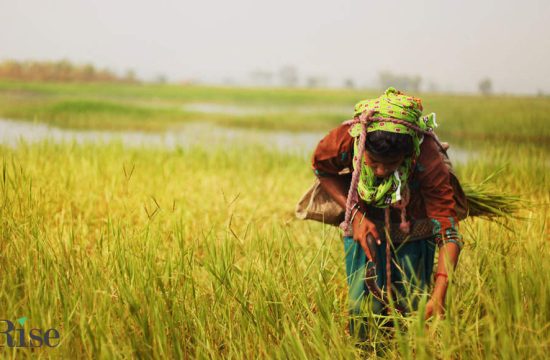
Owing to its massive coastline of over 8,000 km and a vast network of rivers, fisheries have always played a significant role in India’s economy. Currently, this sector provides livelihood to more than 2.8 crore people within the country. Nevertheless, this is a sector with untapped potential. The Economic Survey of India, 2019-20 estimated that, only 58% of the country’s inland potential has been tapped so far. The present budget has taken effective steps towards addressing the challenges and optimizing the potential of this sector.
Despite challenges pertaining to infrastructure, the measures by the Central government in the past six years ensured that fisheries sector continued to register an annual growth rate of more than 10 percent. In 2019-20, with an overall production of 142 lakh tons, India produced 8% of the global share. During the same time period, India’s fisheries exports stood at Rs 46,662 crore, constituting about 18% of India’s agricultural exports.
In keeping with our Sustainable Development Goals (SDG)-effective governance of ‘Blue Economy’ would mean striking a balance between effectively utilizing fisheries to meet consumer demands and sustain livelihoods of fishing communities on one hand and preserving the ecosystem on the other. The Centre through its schemes envisions leveraging an investment of more than Rs. 50,000 crore in the next five years that includes contributions from states, beneficiaries, and financial institutions.
The recently concluded Blue Revolution Scheme launched in 2015-16 with Rs 3000 crore outlay, for over five years, made vital contributions towards the sector’s development. To address the critical gaps in fisheries infrastructure, the government created the Fisheries and Aquaculture Infrastructure Development Fund in 2018-19 with an outlay of Rs. 7,522 crore.
The fisheries sector has witnessed three major transformations in the last few years:
- The growth of inland aquaculture, specifically freshwater aquaculture.
- The mechanization of capture fisheries.
- The successful commencement of brackish water shrimp aquaculture.
Prime Minister Narendra Modi recently launched the Pradhan Mantri Matsya Sampada Yojana (PMMSY) with an investment of over Rs 20,000 crore for five years towards the sector’s development. As compared to last year there has been a 34% increase in the budget for fisheries sector in 2021-22.
In addition to the increase in allocation for 2021-22, certain other announcements were made in the budget to provide additional impetus to Matsya Sampada:
- The development of five major fishing harbours (Kochi, Chennai, Visakhapatnam, Paradip, Petuaghat) as hubs of economic activity. This announcement envisages development of world class infrastructure and amenities including measures required for reducing post-harvest losses. This would benefit development of fisheries-based industries including value added industries and higher realisation of prices for the fish caught. Further, export potential from these modernised harbours is expected to rise by 10% to 15%, creating around 50,000 direct and indirect jobs.
- The second announcement regarding development of inland fishing harbours and fish landing centres is the first ever government support for such an activity. This will benefit lakhs of traditional inland fishermen dependent on fishing in Ganga and Brahmaputra for their livelihood. The development will be one of the steps to realise the call to transform ‘Namame’ Ganga to ‘Arth’ Ganga.
- The third announcement was about the establishment of a unique multipurpose seaweed park in Tamil Nadu. The proposed park would be the center of production for quality seaweed-based products, developed on a hub and spoke model. This project is expected to provide enormous scope for engaging women from villages and increasing their income.
This year’s budget will pave the way for further growth of the sector and bridge critical gaps through demonstrative activities and technology infusion, propelling a horizontal and vertical growth. This budget is an initiative to realise the vision of the Prime Minister to double our fish production, transforming Matsya Sampada with Matsya Samridhi by creating wealth and prosperity in the fishing community.
(The writer is secretary, Ministry of Animal Husbandry, Dairying & Fisheries)
(The views expressed are personal)
